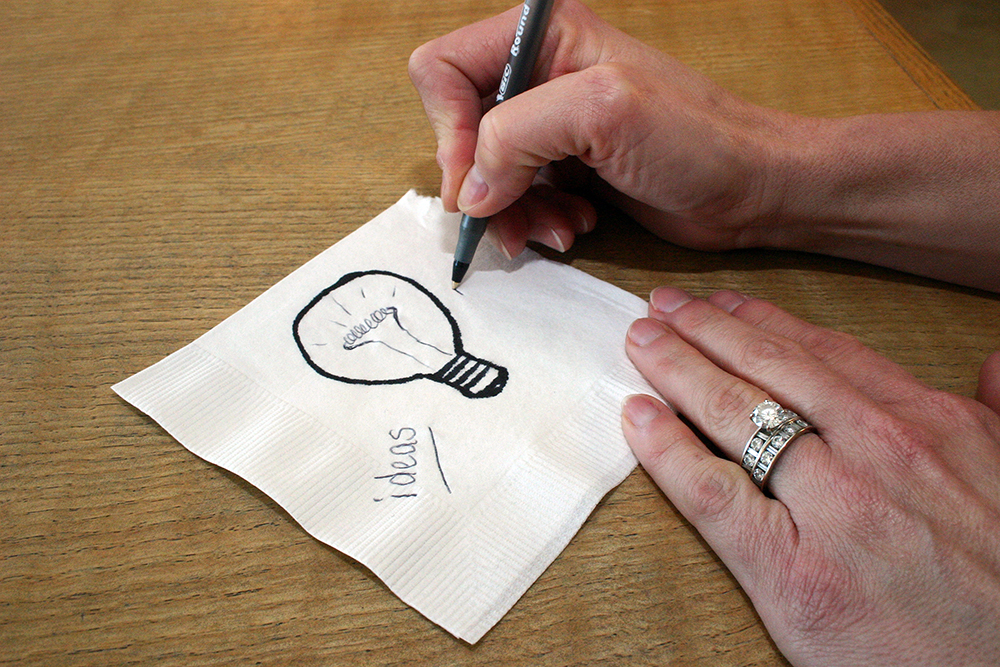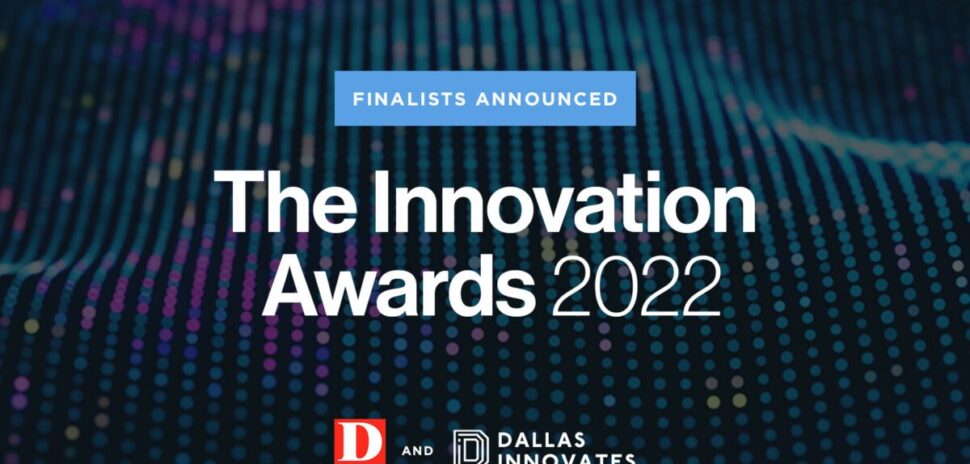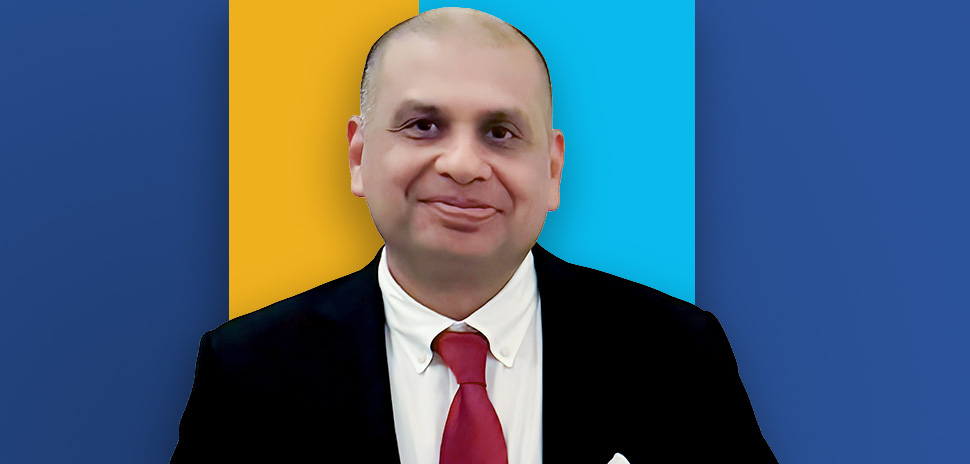Most of us have heard the classic story of the genius entrepreneur who sketches out the perfect idea on the back of a napkin in front of an investor before launching the world’s most successful business. This is the napkin startup. Anyone with a good idea can go through these same steps toward evaluating feasibility.
The reality is that everyone has had a least one good idea they knew would work, but just never took the first step. I’m here to challenge, encourage and equip the wanna-preneurs and inventors to take the next step, perhaps the first step, in launching their business concepts.
Step one
The first step in any feasibility process is identifying the business itself. What is the best way to do this? Craft your elevator pitch.
An elevator pitch is a 30-60 second summary of your concept that anyone can digest quickly enough to give it the smell test. In order to actually launch a business, you have to tell people about it. The elevator pitch should fit on the back of a napkin.
The recipe is simple: State your customer’s problem, how you solve it, your key feature(s) and the broad market size. This can be achieved with two or three sentences.
The goal: You must be able to articulate these fundamental features in order to do the next few steps in feasibility analysis. These are required to prepare to make a “go — no go” decision on pursuing your business.
Step two
The second step in the napkin startup is to evaluate whether your product or service can and should be built. Do technological advances allow your solution to be built? Are you fundamentally altering a law of physics? If so, stop, re-evaluate and reconsider.
Just because it hasn’t been built doesn’t mean it can’t be built. Research the market and industry to determine if technology exists so your solution can be built. Consult research and development firms or universities to determine whether the technology is feasible.
Next, consider whether this should be built. Just because something can be built doesn’t mean it should. We will discuss financial implication later, so focus on whether the functionality you are projecting is relevant, based on initial market research. Study industry trends.
Determine if you have a solution to an actual problem or to a symptom. Is this “preventive medicine” that reduces risk or is it “a painkiller” that only alleviates the pain?
Objective
Your primary objective at each stage of feasibility is to ascertain whether you should continue moving forward on your concept. Take some time to think through and research the problem, your solution, your key benefits and the market to determine whether to move forward on your concept.
In the next blog post, I’ll discuss evaluating market opportunity, gaining initial customer validation and developing a competitive analysis.
For a daily dose of what’s new and next in Dallas-Fort Worth innovation, subscribe to our Dallas Innovates e-newsletter.































